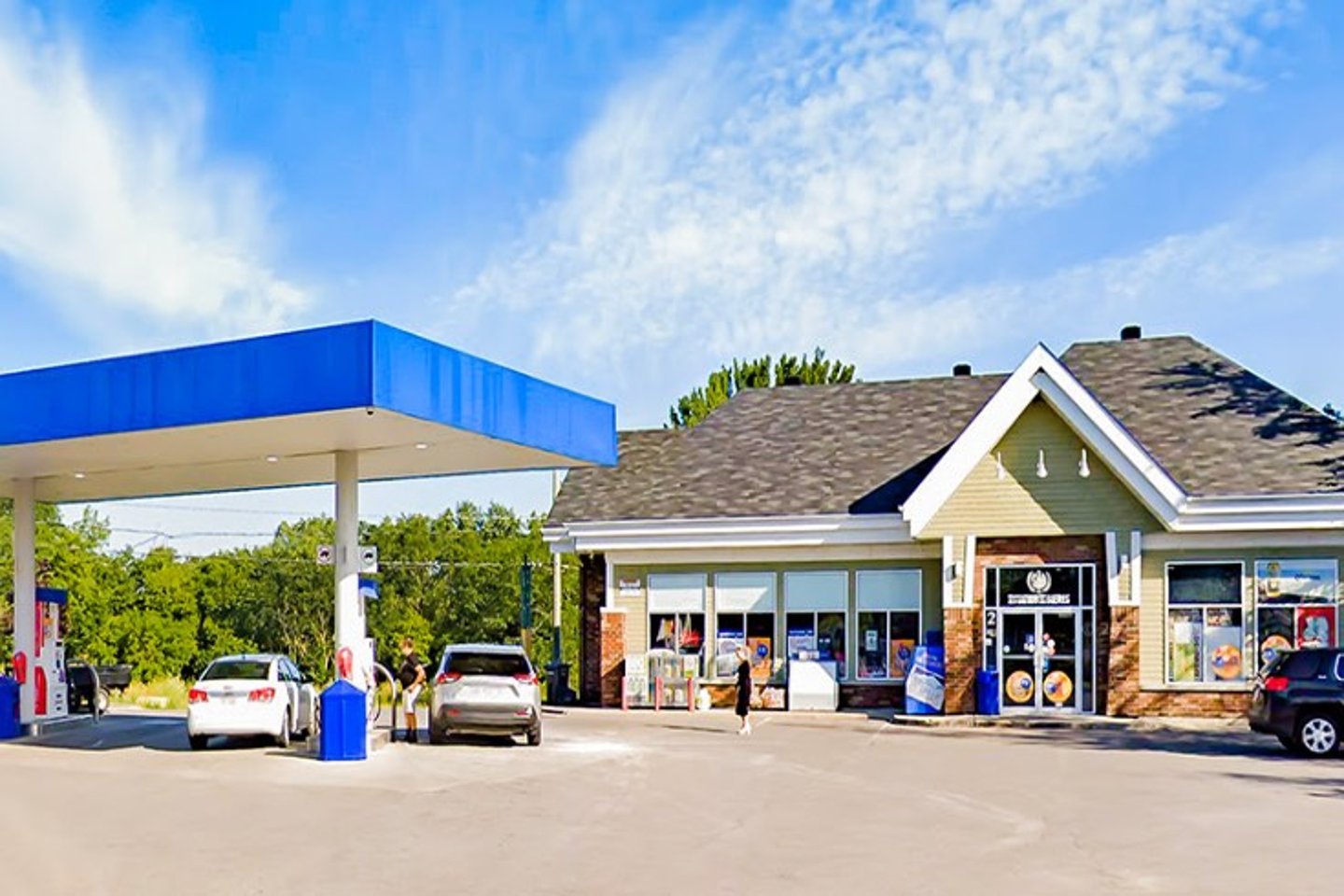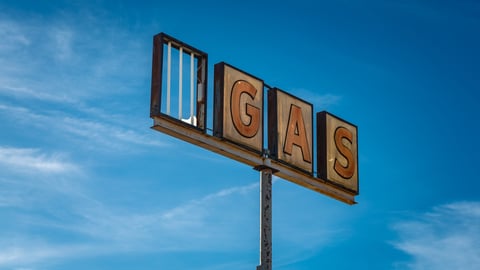Convenience stores continue to thrive south of the boarder
Capstone Partners, a middle market investment banking firm, finds despite inflation and high interest rates, the convenience store and fuel distribution sector in the United States continues to remain resilient and bring more consumers through their doors.
According to Jesse Betzner, senior director with Capstone Partners, says this year, the United States has some 150,174 convenience stores as of the end of 2023, an increase of 1.5%, year-over-year, according to Capstone’s latest Convenience Store & Fuel Distribution Market Update report.
Of those stores, 61% are independents.
“In fact, the c-store channel has generated and continues to generate the highest growth amongst all the retail channels,” he continues. “As well, we see that in-stores sales [at c-stores] continue to grow at very strong rates.”
Betzner says the growth is driven by “consumers being attracted to the ‘convenience’ of convenience stores, especially as many of us are in a rush, and do not have time to say go and park and wait in line at a Walmart or Costco, or the nearest supermarket to get something. That is not to say those larger stores are not doing well, but the ‘convenience’ of a convenience store is attractive.”
He adds convenience stores in the United States have also “up-ed their game” offering a greater selection of items for sale and broadening their food offerings to include healthier options, such as freshly made meals, fresh fruit and a widening array of frozen offerings that satisfy the wider culinary tastes of consumers, especially younger ones.
The success of convenience stores is also what is making them attractive to larger, franchise convenience store operators, such as Parkland or 7-Eleven, Betzner says, have been growing by often buying and consolidating such stores into their existing convenience store operations. Betzner adds he expects that there will be more consolidation in the coming years.
There are advantages to doing that. One is that an existing location already has an established clientele, and the physical location can be upgraded or even expanded, at a lower cost than opening a new location, according to the study thereby driving the trend to consolidation in the c-store marketplace.
“Another advantage of such consolidation is that [the larger players] have their own loyalty programs,” he continues. “They know that once they buy an independent or an independent chain, they can get their loyalty program in there and almost instantly they will see an uplift in customers, many of whom are already used to seeing that brand.”
Betzner says the continuing success of convenience stores is making them attractive as well for fuel suppliers. He says where fuel suppliers once were reducing their exposure to retail, Capstone is seeing an increasing number of fuel suppliers either expanding their existing convenience store operations, or other buying independent chains to add to their business portfolios.
It is not hard to see why that is happening. Betzner says that fuel suppliers know that as the shift continues away from fossil fuels, and the move to add EV charging to gas stations to attract the growing number of EV owners, convenience stores offer another way of bringing customers to their locations and driving revenue and profit.
He points to the examples of BP Products North America having reached an agreement to purchase TravelCenters of America with 280 travel centers, strategically-located on major highways across the United States, and Shell that earlier this years announced it had agreed to acquire the retail arm of Brewer Oil Company, with 45 convenience stores and fueling stations in New Mexico.
“They see the synergies between conveniences stores and gas stations and they want to get the economics of the convenience store into their operations as a hedge against the softening of [traditional] fuel sales.”




